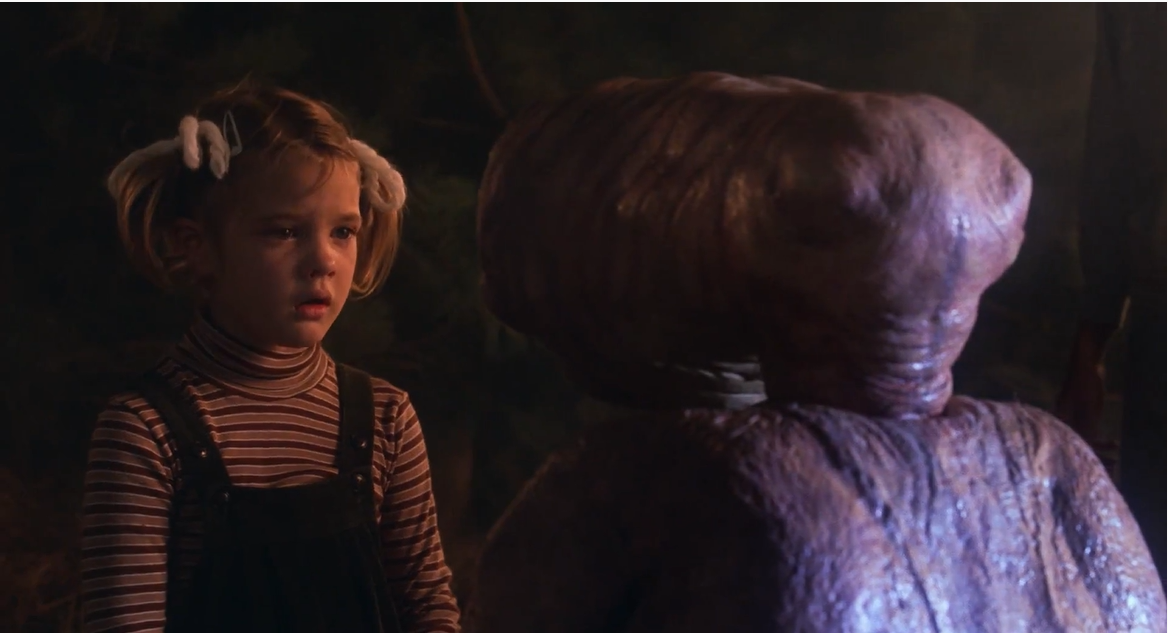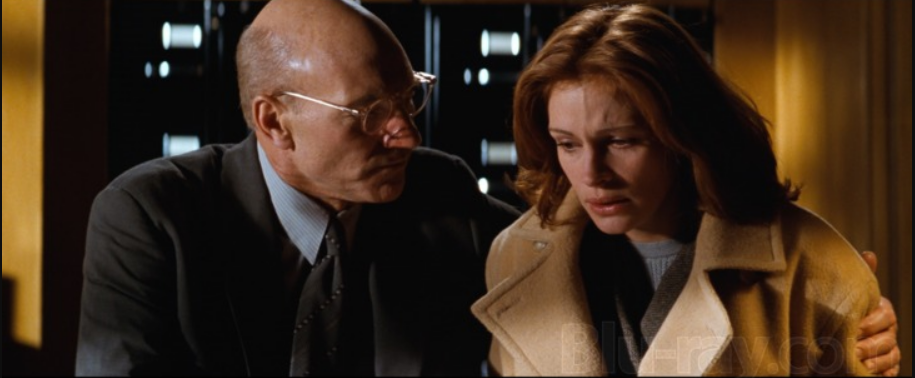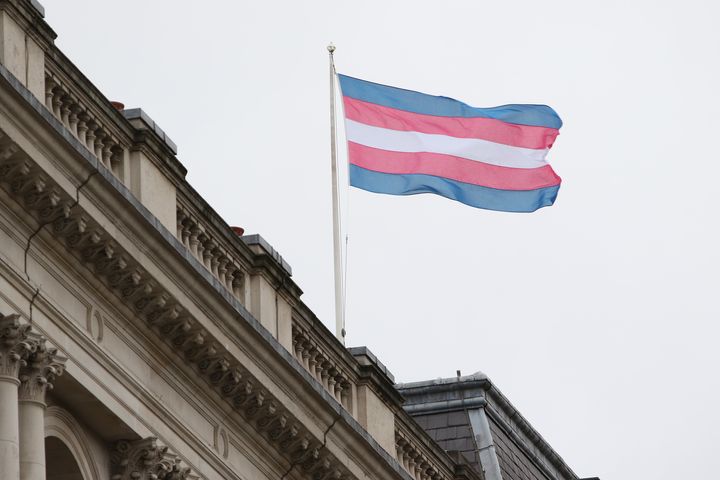Hollywood’s “Good Girl” Conditioning of Female Viewers
The US film industry has been telling women to be "good girls" since 1930s.

In the last year I have seen an increasing number of women on social media deploring our social conditioning to be submissive “good girls.” Last week, Hadley Freeman wrote an article explaining why she is no longer interested in being a “good girl” and I agree with her reasoning and conclusion—that the erosion of women’s sex-based rights was facilitated by women’s tendency to be people-pleasers and avoid conflict (i.e. to be “good girls”). This tendency does not come naturally to our sex. In North America we are conditioned to it from the cradle, continually being told by our parents, other relatives and our teachers—not to mention acquaintances—to be nice and encouraged to be “good girls,” whether we are four or 34 years old.
“Good girl” language, the “be a good girl” command and the “good girl” expression—used for girls and women alike who display the approved behavior—has been on my radar for years, including in my film analysis. When girls and even women are told to be good girls the subtext is: do what you are being told to do, and don’t make a fuss about it. In other words, obey submissively, which is likely why it raises the ire of feminists especially. As the champions of the rights of women and girls under a patriarchy we tend to be disinterested in obeying submissively.
The conditioning force I will shine a spotlight on here is film, as it is one of the greatest influences in our lives. In my film analysis I have been tracking dozens of things about mainstream movies since 2015, including filmmakers’ use of “good girl” language—just one of numerous and varied methods they employ to condition female viewers to be submissive. “Good girl” language in film appeared to me to be used more excessively than in “real life,” as though it was not so much art imitating life, but rather art conditioning part of the population, namely females. The “good girl” language is all too familiar to female viewers, who have heard it countless times on the big screen.
Filmmakers’ inclusions (and exclusions) are telling. The inclusion of a character telling a female character (girl or woman) to be a “good girl” is a common one. To illustrate my point I will provide a sample of examples from Hollywood feature films—as the movies we consume the most—from various genres and several decades, of people telling women and girls to be good: The Homesman (2014), Tommy Lee Jones says to three women, “Now y’all be good girls and go to sleep”; The Golden Compass (2007), Daniel Craig says to the 13-year-old girl he has been ordering about from the beginning, “Now be a good girl and do what you’re told”; Scream 3 (2000), a man says to 27-year-old Neve Campbell, “Be a good girl and […]”; E.T. the Extra-Terrestrial (1982), Drew Barrymore’s mother (Dee Wallace) asks her to “be a good girl” and E.T. tells her, “Be good”; Halloween (1978), Kyle Richards’ father says to her, “Be a good girl”; 2001: A Space Odyssey (1968), William Sylvester tells his daughter to be a good girl; Gone With the Wind (1939), Hattie McDaniel asks Vivien Leigh to “be good” and Clark Gable says to Leigh, “Now blow your nose like a good little girl”; Frankenstein (1931), a man says to Marilyn Harris, “Be a good girl now.”

Irrespective of the generation viewers belong to or the genre they are watching they will be exposed to “good girl” language. Through force of repetition the expression and the command will etch themselves on females’ brains, playing a part in conditioning them to be submissive “good girls.” This oft-repeated language also conditions all viewers (everyone) to expect submissive behavior from women and girls.
Over and above filmmakers’ inclusions of the command to be good are their inclusions of people calling women and girls “good girls.” Consider the following sample: Lady Bird (2017), a teenage boy calls Saoirse Ronan a “good girl”; Mad Max: Fury Road (2015), Courtney Eaton is called a “good girl”; Million Dollar Baby (2004), Clint Eastwood says to an adult Hilary Swank, “Good girl” (twice); Conspiracy Theory (1997), Patrick Stewart tells 30-year-old Julia Roberts she is a “good girl” when she will put her life in danger to get the information he wants (Roberts is also called a “good girl” in My Best Friend’s Wedding, 1997); Miracle on 34th Street (1994), a man calls Mara Wilson a “good girl”; Terms of Endearment (1983), a male doctor says to a little girl before giving her a sucker, “That’s a good girl”; Young Frankenstein (1974), Gene Wilder calls 27-year-old Teri Garr a “good girl”; Sabrina (1954), Audrey Hepburn is called a “good girl”; The Best Years of Our Lives (1946), Fredric March calls Teresa Wright a “good girl”; The Maltese Falcon (1941), Humphrey Bogart says to 40-year-old Lee Patrick in two scenes, “That’s a good girl”; The Wizard of Oz (1939), Margaret Hamilton (the Wicked Witch of the West) says to Judy Garland (Dorothy), “That’s a good little girl”; A Farewell to Arms (1932), a nurse is called a good girl.

The above lists are merely samples because exhaustive lists would exhaust the reader’s patience. The point is that the male-dominated U.S. film industry makes frequent use of “good girl” language to condition female viewers. It is continually conveying the message, through its popular films, that females should be submissive, dissuading them from questioning authority and rocking the boat. It is not coincidental that these same filmmakers belong to the sex class that holds most of the power, authority and wealth in North America. They have a vested interest in keeping women and girls submissive.
Women and girls on the other hand have the right to stand up to these orders and question this social conditioning. How felicitous that growing numbers of them are doing just that.
The generous support of our readers allows 4W to pay our all-female staff and over 50 writers across the globe for original articles and reporting you can’t find anywhere else. Like our work? Become a monthly donor!
Enter your email below to sign in or become a 4W member and join the conversation.
(Already did this? Try refreshing the page!)





Comments